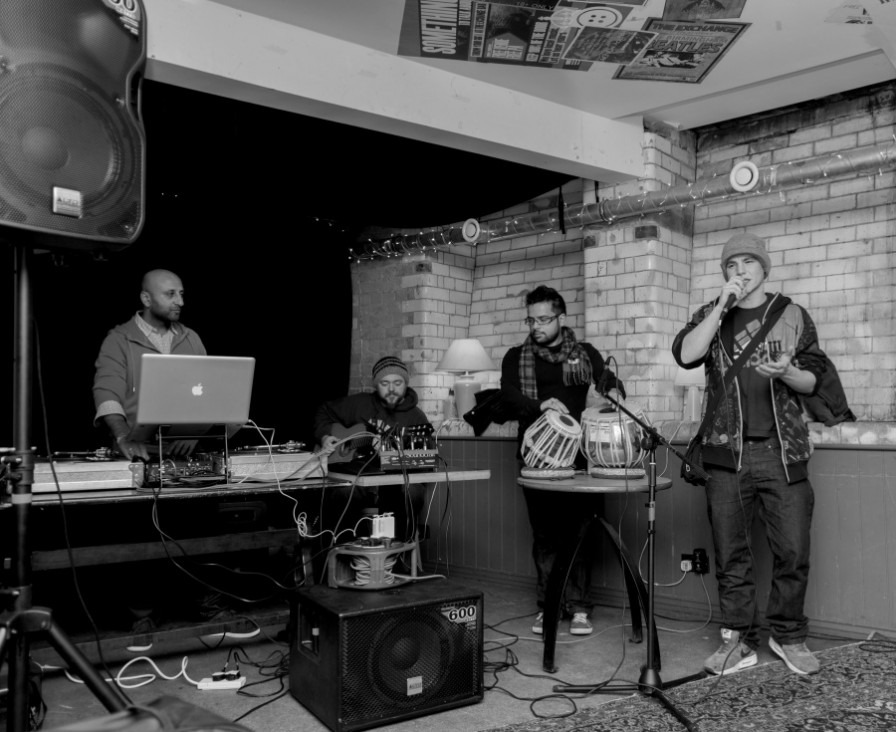Exploring Partnership Working With Music Education Hubs

How can regular dialogue and firm working relationships between Music Education Hubs and local service providers be most effective? Particularly for those providers serving children and young people in challenging circumstances.
“A useful checklist with seven steps to successful and effective partnership working is:
- Be clear why a partnership is being formed
- Be clear what the partnership values and are aiming to achieve
- Decide who needs to be members of the partnership
- Revisit and agree 1) and 2) above with all new partnership members
- Agree roles and responsibilities
- Ensure the appropriate people attend the relevant meetings. Clarify communication channels and decision-making processes
- Build in sufficient time to ensure quality outcomes are achieved for all concerned, including time for on-going monitoring, evaluation and feedback to inform future plans. Identify and address training needs”
Hallam (2011)
This extract from Richard Hallam’s works provides a useful starting point to explore effective working relationships. Not only are the 7 steps written as basic theory (and are steps many of us would say we are proficient in) but they are also based on practical insight. I particularly enjoy number 4 "Revisit and agree 1) and 2) with all new partnership members". It's so easy to get wrapped up in the activity, impact and logisitics once partnerships and delivery begins, so it's key to make sure we reflect at every stage on whether arrangements are fit for purpose and therefore effective.
Partnerships form an integral part of the working lives of almost everyone in the voluntary sector today, particularly those serving disadvantaged groups and seeking to connect with their local Music Education Hubs. I've been working with the Northampton Music Education Hub recently to explore this topic in more detail particularly around connecting with service providers that serve with children and young people in looked after settings and those involved with youth justice. How have other service providers, music organisations and Hubs addressed this? What best practice do other organisations have to share? I'd welcome your contributions and comments . . .
